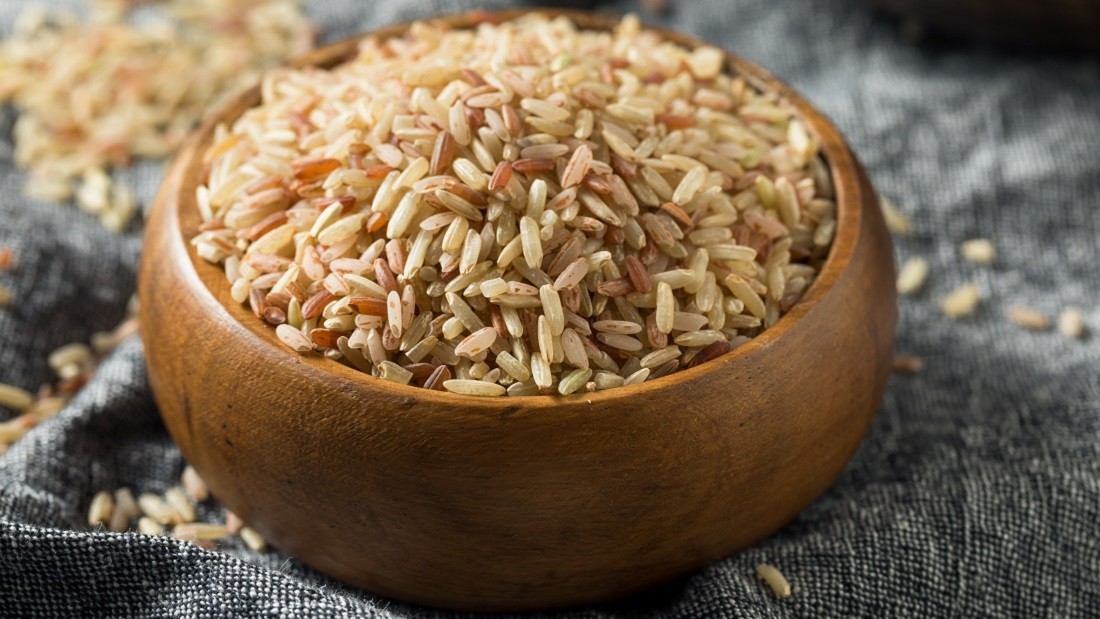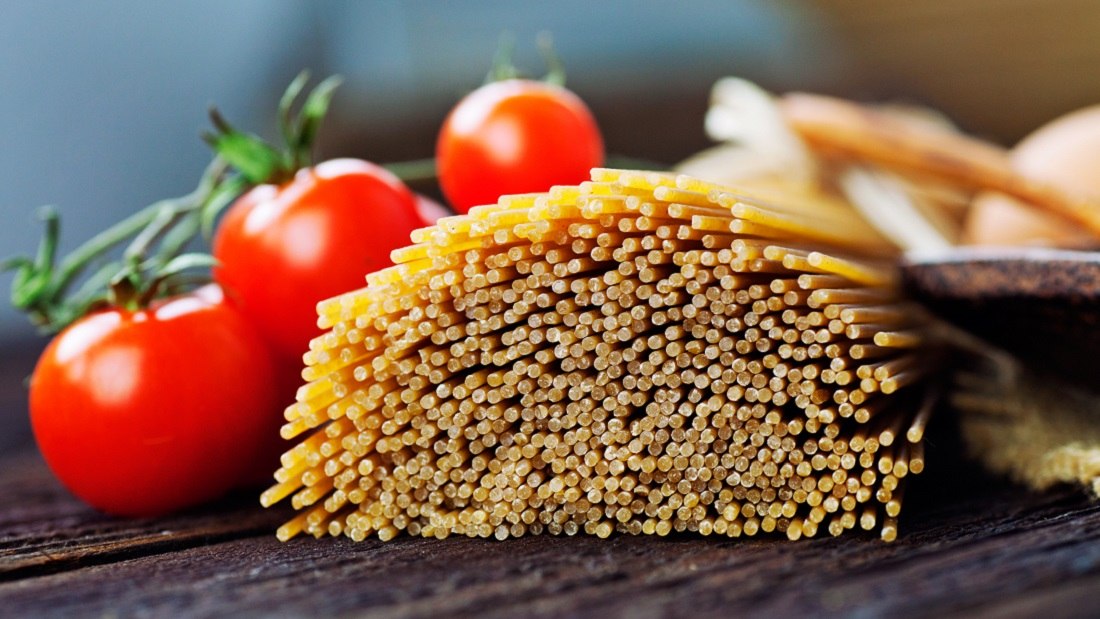Copper

How much do you need daily?
Adults need 1.2 milligrams of copper per day. You should be able to get all the copper you need from your daily diet.
The government recommends the following intakes
| Age | Amount of copper recommended (milligrams per day) |
|---|---|
| 0-3 months | 0.2 |
| 4-12 months | 0.3 |
| 1-3 years | 0.4 |
| 4-6 years | 0.6 |
| 7-10 years | 0.7 |
| Males | |
| 11-14 years | 0.8 |
| 15-18 years | 1.0 |
| 18+ years | 1.2 |
| Females | |
| 11-14 years | 0.8 |
| 15-18 years | 1.0 |
| 18+ years | 1.2 |
| During pregnancy | No increase required |
| Breastfeeding | +0.3 |
Are we getting enough?
The 2014 National Diet and Nutrition Survey found that while most people get enough copper, women are falling short of the target. The average intake of women aged 19 to 64 years was 86 per cent of the recommended amount, for women over 65 it was slightly better at 90 per cent. Interestingly, a 2016 European Prospective Investigation into Cancer and Nutrition-Oxford (EPIC) study found that vegans had the highest intake of copper compared to meat-eaters, fish-eaters and vegetarians.
Why do we need it??
Copper is a key mineral in many enzymes (compounds making chemical reactions possible) in the human body and is essential for healthy blood, nerve function and energy metabolism. As it helps incorporate iron into red blood cells, copper and iron deficiency can have similar symptoms.
Copper is also crucial for the manufacture of collagen – one of the main proteins in bones, cartilage, tendons and skin.
Do I need a supplement?
No, a healthy vegan diet containing the above foods on a daily basis will cover your needs.
It is unusual to have too much copper, rare cases of copper toxicity have resulted from copper pipes. If you take copper supplements, don’t take too much as this could be harmful. High intakes can cause nausea, vomiting, diarrhoea, anaemia and even kidney damage. The UK Department of health say that having one milligrams or less a day of copper supplements is unlikely to cause any harm.
The best plant sources

The best plant sources of copper include wholegrain foods (wholewheat spaghetti, oats, wholemeal bread, quinoa and brown basmati rice), nuts (peanuts, cashews, walnuts, Brazil nuts and almonds), seeds (sunflower seeds and sesame seeds), pulses (lentils, adzuki beans, baked beans, edamame and kidney beans), dried apricots, mushrooms and spinach. Over a third of intake in the UK is from cereals.
Signs of deficiency
Tiredness, anaemia, bone fragility, weak immune system, muscle and joint pain and easy bruising.
Foods to include
| Food | Micrograms of copper per portion | % of recommended daily amount(1.2 milligrams) |
|---|---|---|
| Wholewheat spaghetti (average portion, 220g) | 0.57 | 48 |
| Peanuts, plain (medium bag, 50g) | 0.51 | 43 |
| Cashew nuts (20 nuts, 20g) | 0.42 | 35 |
| Lentils, green and brown (cooked, 120g) | 0.40 | 33 |
| Walnuts (8 halves, 28 g) | 0.38 | 31 |
| Sunflower seeds (1 tablespoon, 16g) | 0.36 | 30 |
| Adzuki beans, boiled (2 tablespoons, 70g) | 0.36 | 30 |
| Brazil nuts (6 nuts, 20g) | 0.35 | 29 |
| *Quinoa, cooked (medium portion, 180g) | 0.35 | 29 |
| Baked beans in tomato sauce (135g) | 0.32 | 27 |
| Pecan nuts (5 nuts, 30g) | 0.32 | 27 |
| *Edamame (cooked) medium portion (90 g) | 0.31 | 26 |
| Sesame seeds (1 heaped teaspoon, 19g) | 0.28 | 23 |
| Almonds (12 whole nuts, 26g) | 0.27 | 22 |
| Brown basmati rice, cooked (medium portion, 180g) | 0.25 | 21 |
| Apricots (6 dried, 48g) | 0.19 | 16 |
| Mushrooms, fried (average portion, 44g) | 0.18 | 15 |
| Wholemeal bread (2 medium slice, 72g) | 0.17 | 14 |
| Kidney beans – canned (2 tablespoon, 70g) | 0.16 | 13 |
| Porridge oats (40g portion) | 0.15 | 12 |
| Spinach (baby raw, average serving, 90g) | 0.14 | 12 |
| Raisins (1 tablespoon, 30g) | 0.12 | 10 |
Source: Public Health England: McCance and Widdowson’s The Composition of Foods Integrated Dataset, *USDA Food Composition Databases.
Additional information
Dietary-induced copper deficiency is very rare due to the plentiful supply of this mineral in food. A rare genetic condition, called Menkes disease, disrupts the body’s ability to absorb copper, leading to copper deficiency. It can lead to severely impaired mental development, failure to keratinise hair and skeletal and vascular problems. Wilson’s disease, another genetic condition, leads to the inability to excrete excess copper in bile, so this can result in copper accumulation in the body, especially the liver and brain.
List of All Nutrients
This post has been categorised in: A-Z of nutrients, A-Zs, Health




